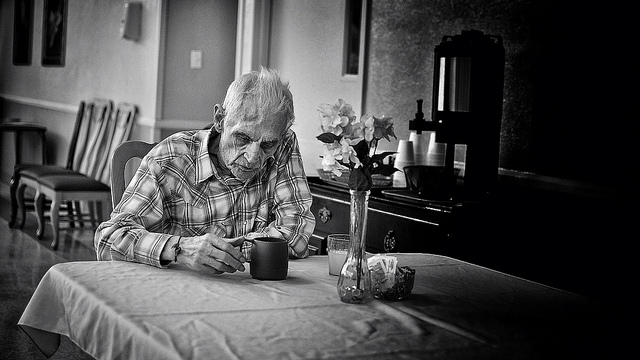
A new model for a more human-scaled nursing home that is taking hold across the country has been stymied so far in California, in part because regulations written with big institutions in mind do not work for smaller facilities run in a unique way.
The idea is to provide fully licensed long-term care in a home-like setting, where staff are able to spend more quality time with each of only about a dozen patients. Economies of scale are achieved by grouping several of these homes on a single campus served by a central administration.
The model, known as the Green House Project, started in upstate New York and has spread to 27 states with the help of the Robert Wood Johnson Foundation. The foundation has contributed millions of dollars, mostly to pay for expert help that allows existing nursing homes to convert their facilities or build new homes.
A state Senate committee plans to examine the model today and inquire about why none of the homes have been built in California.
“We are shifting from a model where people are there to receive bed and body work, but not much else,” said Robert Jenkens, who works with a non-profit group that helps nursing homes adopt the Greenhouse Project model. “We are shifting to a place where you or I would be known as the person we are, and cared about and cared for as an individual with preferences, a history, with needs and emotions, and a desire to have meaningful days in the nursing home where we are receiving our care.
“It’s all about giving control back to the people receiving care. Everything stems from that.”
Although Jenkens says that a key part of the project’s success to date has been its ability work within federal and state rules and regulations, that hasn’t been the case so far in California. One facility is on the drawing boards, in Pomona in Los Angeles County, ,but Jenkens said his group is still trying to find a way to make that home fit within the state’s rules.
Jenkens said state and county officials are trying to help. But some changes might have to be made by the Legislature.
One example of the kind of rule he is talking about is a regulation involving the separation of a nursing home’s kitchen from its living and sleeping areas.
For a big facility with dozens or even hundreds of patients and an industrial kitchen, that might make sense.
But in a Greenhouse Project home, the kitchen is much like that of a normal house, and it serves a similar function. Its open design allows a staff person to cook and chat with residents at the same time, much like people do in a regular home setting.
“When they are cooking a meal, they can have a conversation with an elder sitting at the counter, or in the living room,” he said. “it’s just a little more creative use of resources.”
This increased one-on-one time allows the staff person to get to know the patient better and, Jenkens said, leads to better care. Studies have shown that staff enjoy their jobs more, family members believe the care is better, and the patients spend less time in the hospital.
But that kind of design would not be allowed under California’s current rules.
“It’s an unintentional obstacle written into the law,” he said.
These and other issues will be the subject of a hearing today at the Aging and Long-Term Care subcommittee of the Senate Health Committee.
For more information about the Green House Project, click here.





